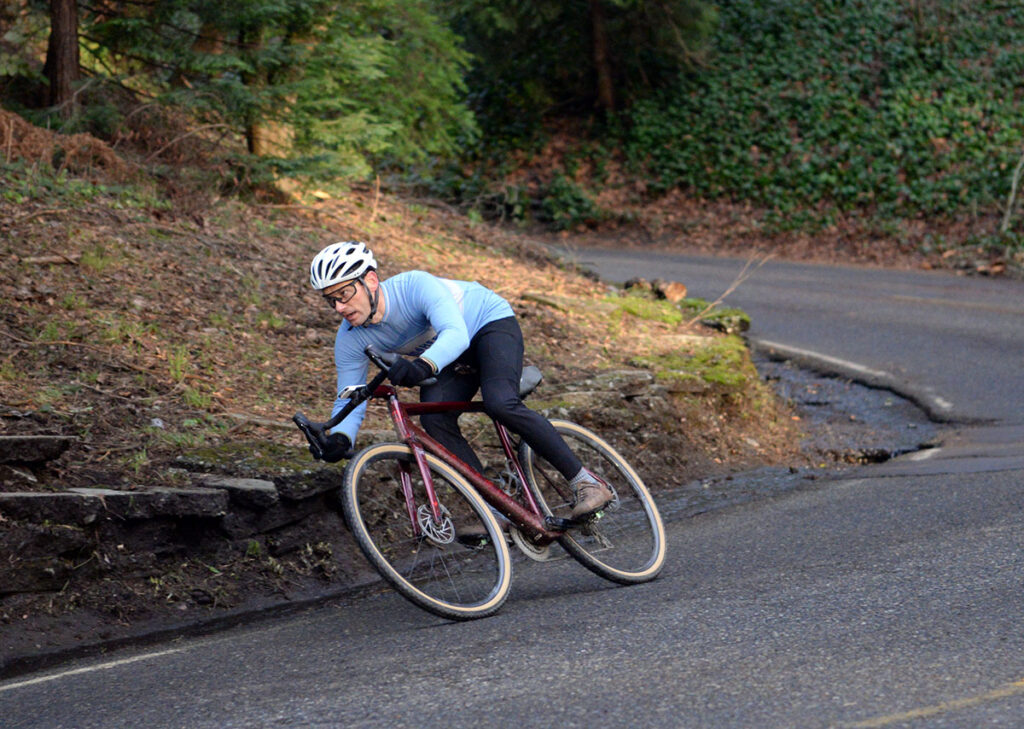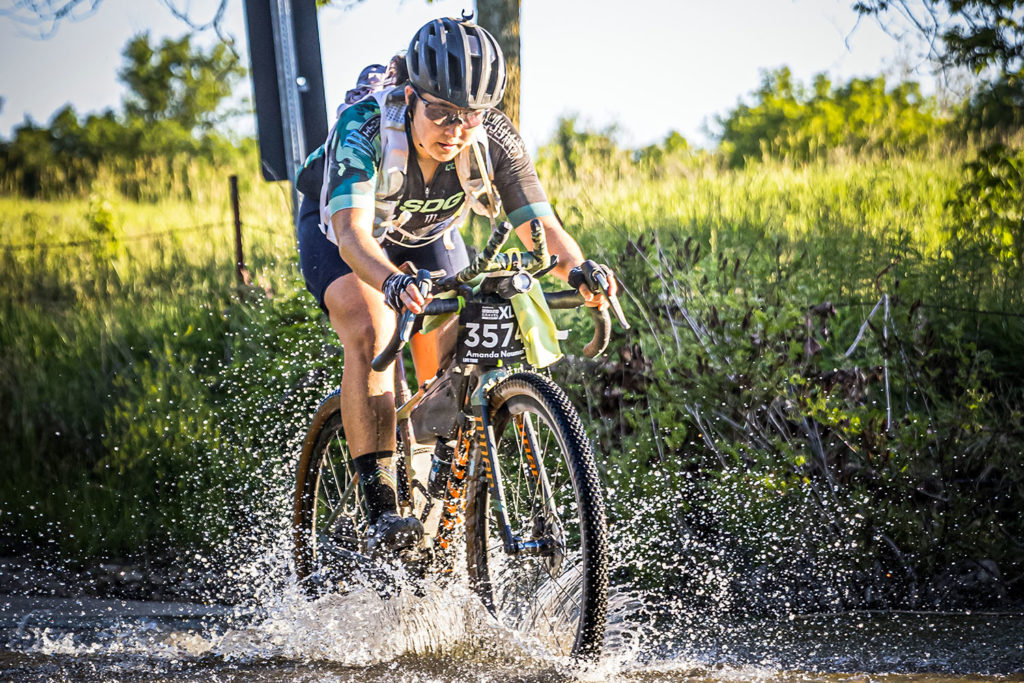Are gravel bikes slower than road bikes?
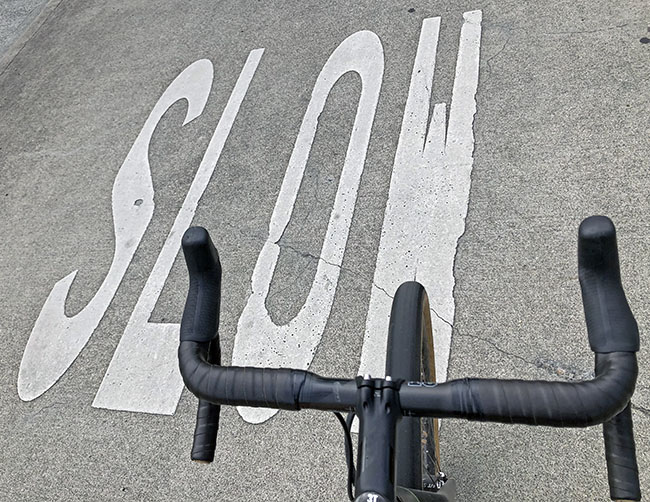
The euphoria about gravel bikes is hitting a snag: Many riders feel that their gravel bikes are slower than their road bikes. For example, James Huang, the technical expert from CyclingTips.com, posted:
“I’ve been spending too much time on gravel and mountain bikes lately. Good to be reminded what real speed actually feels like.”

Global Cycling Networks even did some – admittedly unscientific – testing:
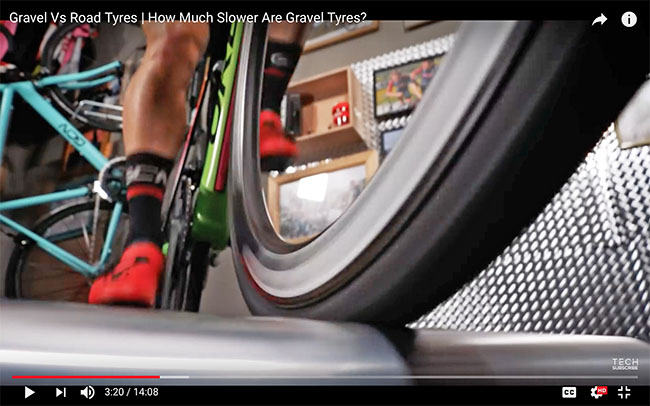
They ran a set of racing tires and a set of gravel tires. They did three tests: on a roller, on the road and on gravel. The result: The racing tires were faster on all surfaces—even on the gravel.
Is it true? Are gravel bikes slower than racing bikes? The answer is: “It depends.” A number of things that can make a gravel bike slower:
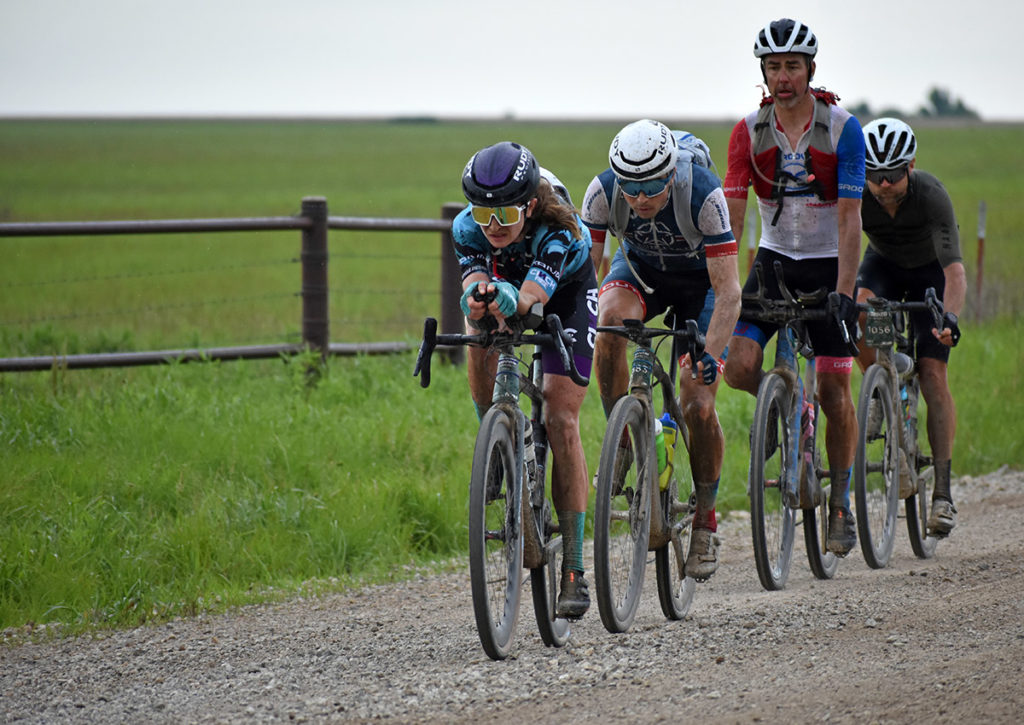
Aerodynamics of the bike: Wider tires catch a tiny bit more wind, but a 10 mm increase in frontal area doesn’t make a noticeable difference. Otherwise, steel frames with skinny tubes would be faster than carbon bikes with large-diameter down tubes.
Differences in airflow over tire and rim can be measured in the wind tunnel, but the effect is tiny compared to the overall wind resistance of bike and rider.
(Bicycle Quarterly’s wind tunnel tests found no significant difference in the wind resistance between a 25 and a 31 mm tire.)
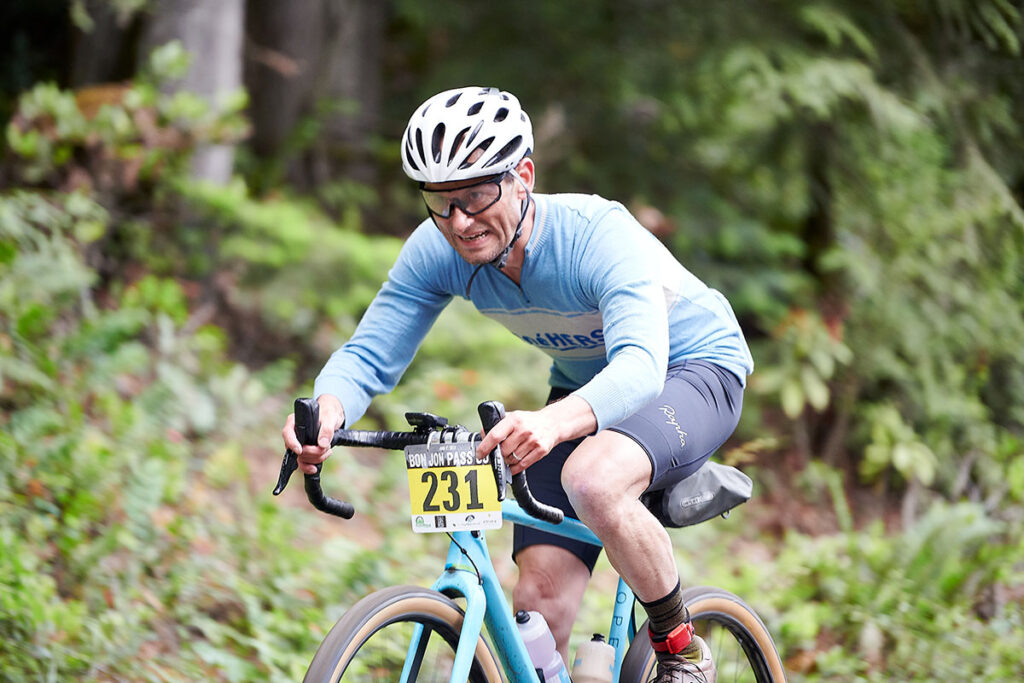
Aerodynamics of the rider: The rider is responsible for most of the wind resistance. Many gravel bikes have a more upright riding position, which is less aero. There is no reason why a gravel bike couldn’t use the same riding position as a road bike (above). After all, gravel roads are roads, and there is no need to change the position just because the ground is a bit rougher.
(The more upright position may be more comfortable, especially for long rides, but this applies to road bikes just as much as it does to gravel bikes.)

Rolling resistance: Most gravel tires today are built like mountain bike tires, with stiff casings that absorb more energy and transmit more shocks than supple racing tires. GCN’s testing (above) shows what happens when you compare apples to oranges: The supple racing tire (GP 5000) requires far less power than the stiff gravel tire (Terra Speed) – not just on pavement, but also on gravel. The higher rolling resistance is due to the gravel tire’s stiff casing, not its greater width.
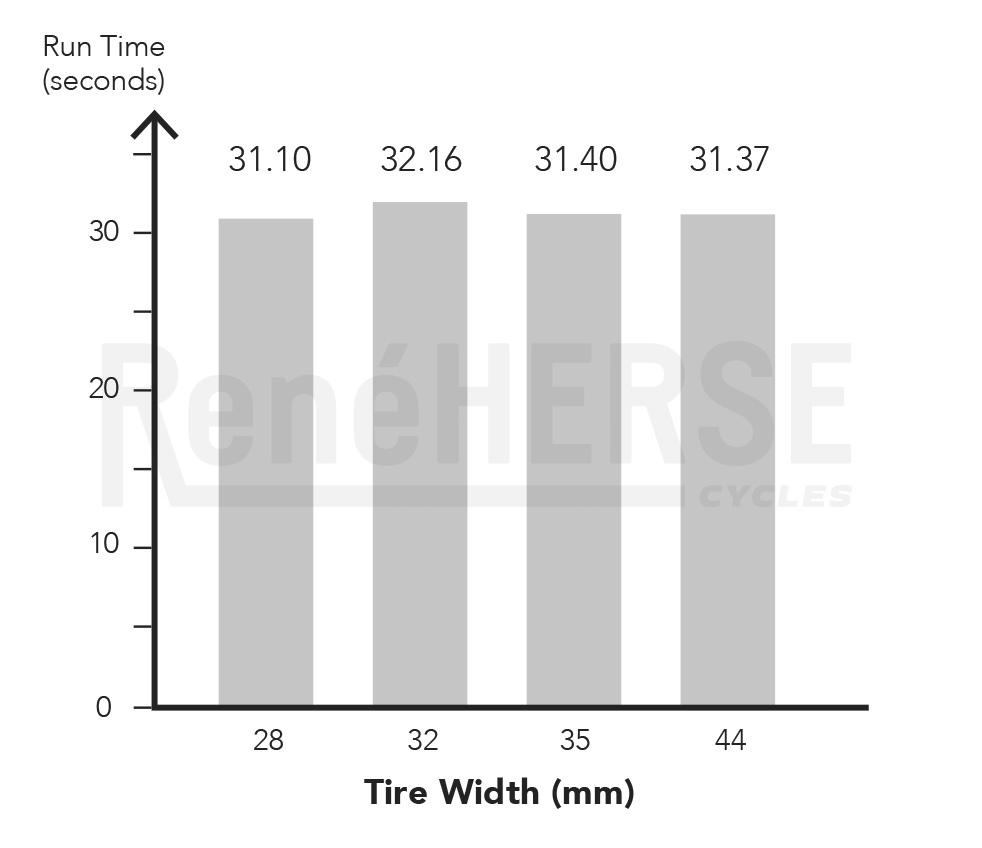
Our tests have shown that with the same casing and tread rubber, 44 mm-wide Rene Herse tires roll as fast as their 28 mm-narrow cousins (at 22 mph/35 km/h). (The small differences are not statistically significant.)
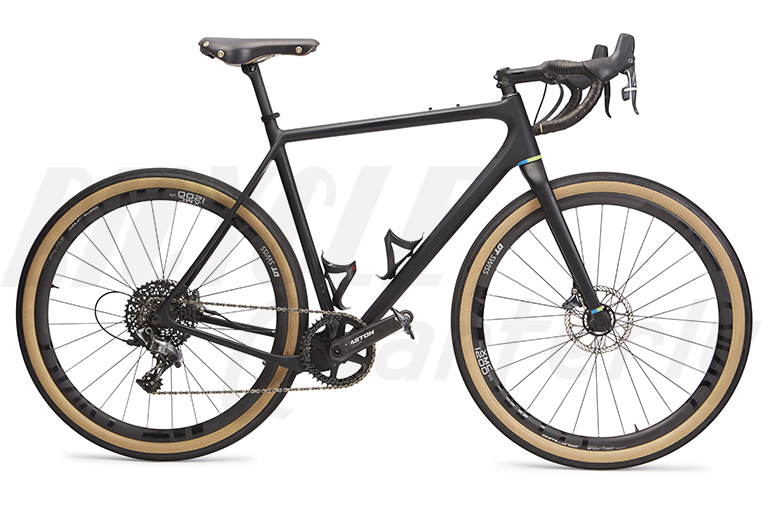
Weight: Wider tires are heavier than narrow ones, but not by much. A 650B x 48 mm Rene Herse Switchback Hill Extralight tips the scales at just 413 g. Still, a set of Switchback Hills will weigh about 450 g more than our featherweight 700C x 26 Cayuse Pass (183 g each). To put that into perspective—it’s little more than half a water bottle.
The Rene Herse Cayuse Pass is one of the lightest tires you can buy. If you are running a more standard racing tire, like the Continental GP 5000 (221 g), the difference to the 48 mm-wide tires shrinks to just 384 g. And if you run smaller wheels to compensate for the bigger tires, you get some of that weight back. (Smaller 650B rims and shorter spokes weigh a bit less.)
(If you are the type who notices whether your water bottle is half-full or totally empty, then the weight difference may matter to you. For the rest of us, bikes like the sub-17-pound Open U.P.P.E.R. above are plenty light.)
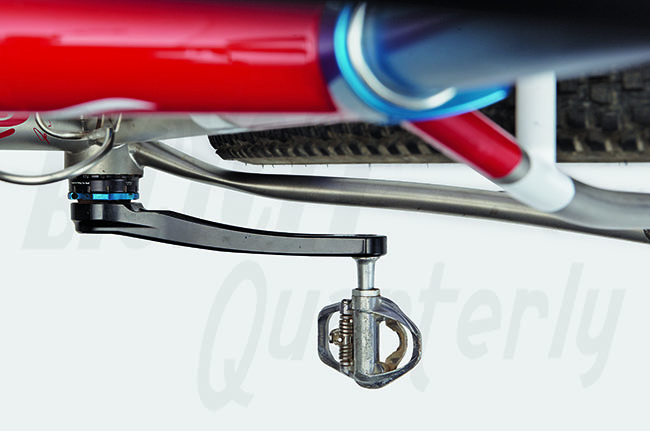
Q factor: Many ‘gravel’ cranks are very wide (above). Road cranks have narrow Q factors of 150 mm or less. For many cyclists, a wide Q factor makes the cranks harder to spin. However, the wide Q isn’t necessary: Many modern gravel and all-road bikes are designed to accept standard road cranks.
(The dropped chainstays pioneered by Open have solved the problem of fitting wide tires between narrow cranks.)
Cornering feel: The rotational inertia of wider (and usually heavier) tires can make gravel bikes feel sluggish compared to a good racing bike, especially when climbing or sprinting out of the saddle. The solution is simple: Use smaller wheels and lightweight tires, so the rotational inertia is the same as on a good racing bike.
(Some riders prefer the more stable feel of bigger wheels and tires. For them, ultra-wide 700C tires are a great choice.)
So we’ve seen that gravel bikes don’t need to be slower than racing bikes, if they are built to the same specs. Why does the industry insist that racing bikes are faster?
I suspect the reason is simple: The industry wants to sell more bikes. The thinking seems to go like this: Now that many riders have bought a gravel bike, let’s convince them that they need a new road bike. Of course, most already have a road bike, but that one has outdated rim brakes. It’ll be easy to convince them that they need a disc road bike with tubeless tires.
(You don’t want to get dropped on your Sunday morning ride!)
Perhaps that will work for some riders. The rest of us know that swapping heavy, stiff ‘gravel’ tires for a set of supple, fast-rolling tires will make our gravel bikes as fast as our buddies’ road bikes—without having to give up the comfort and go-anywhere abilities of wide tires. That is why we coined the term all-road bikes and don’t call them ‘gravel’ bikes. And why our company, Rene Herse Cycles, pioneered supple all-road tires in many widths long before others jumped on the ‘gravel’ bandwagon.
(We’ve also developed revolutionary dual-purpose knobbies that roll and corner as well as slicks, even on pavement, while offering unrivaled traction on loose or muddy surfaces. But that’s a story for another post.)
Many non-cyclists are excited about the idea of the all-road bike. They want a bike – one bike – that combines speed with comfort and the ability to go off the beaten path. They view these new bikes with a level of excitement that I haven’t seen since the mountain bike boom.
I’m surprised that the bike industry is turning its back on these would-be cyclists. Instead, they keep trying the old strategy of selling bikes to those who already have plenty. Rather than trying to fill the garages of those who already ride, we should bring new cyclists into the sport. Let’s put them on all-road bikes, where they’ll have more fun than on (slow) mountain or (uncomfortable) road bikes. They’ll be more likely to stay engaged and become life-long cyclists. And that is good for everybody – even for the bike industry!
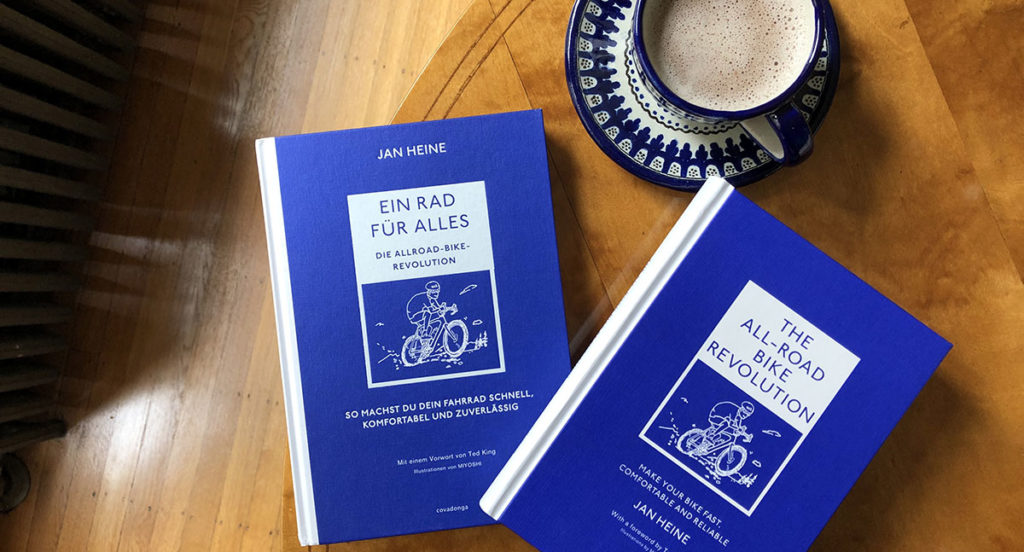
More Resources:
- Why wider tires are not slower
- Aerodynamics of gravel bikes
- The tech behind the revolutionary dual-purpose knobbies from Rene Herse
- Want to know more? Our book The All-Road Bike Revolution summarizes all the research that has changed cycling in recent years. Find out why wide tires can be fast, how to find a frame that optimizes your power output, and how to get a bike that handles like an extension of your body. More information about the book is here. (Also available in German and Japanese.)


